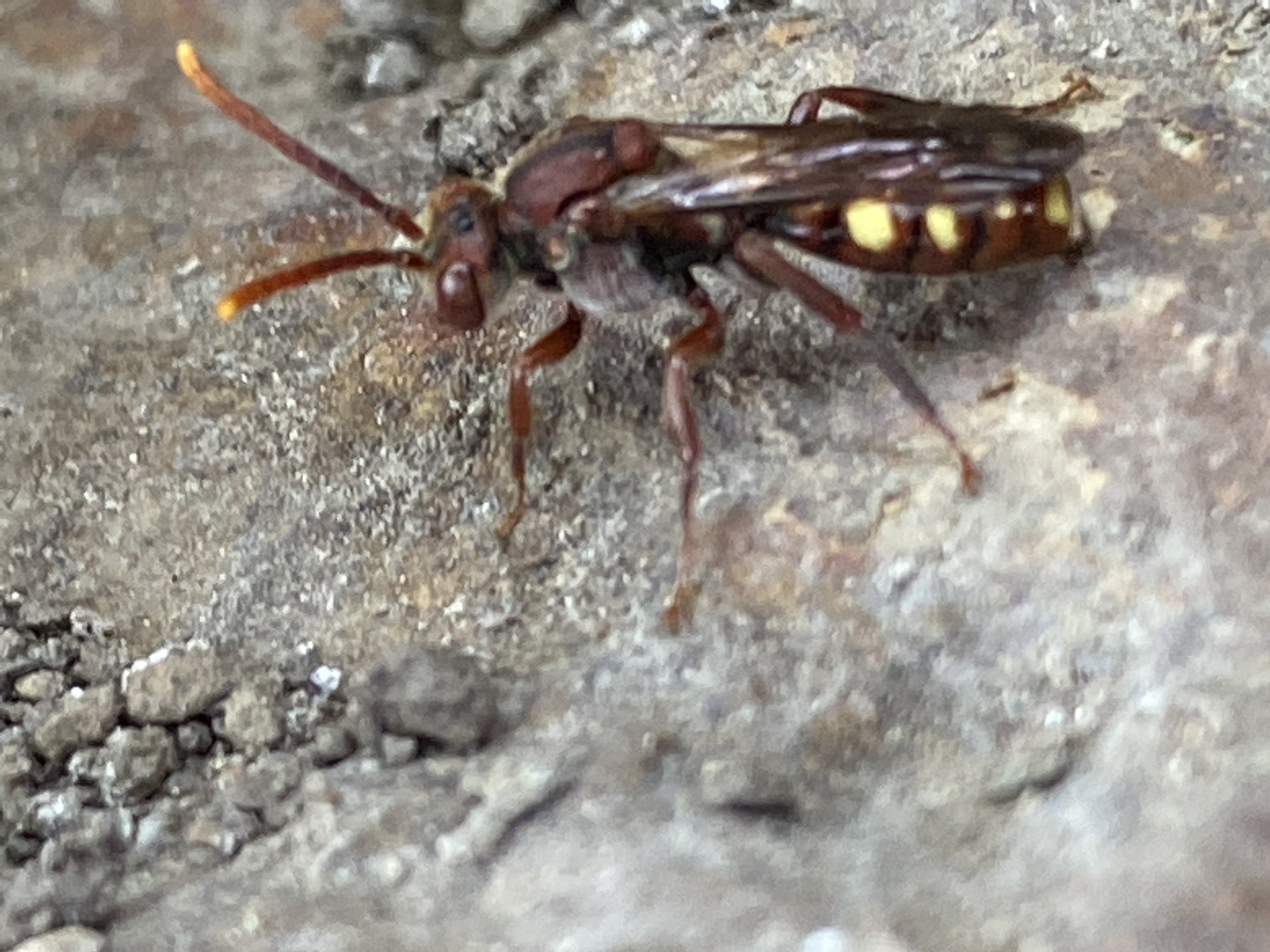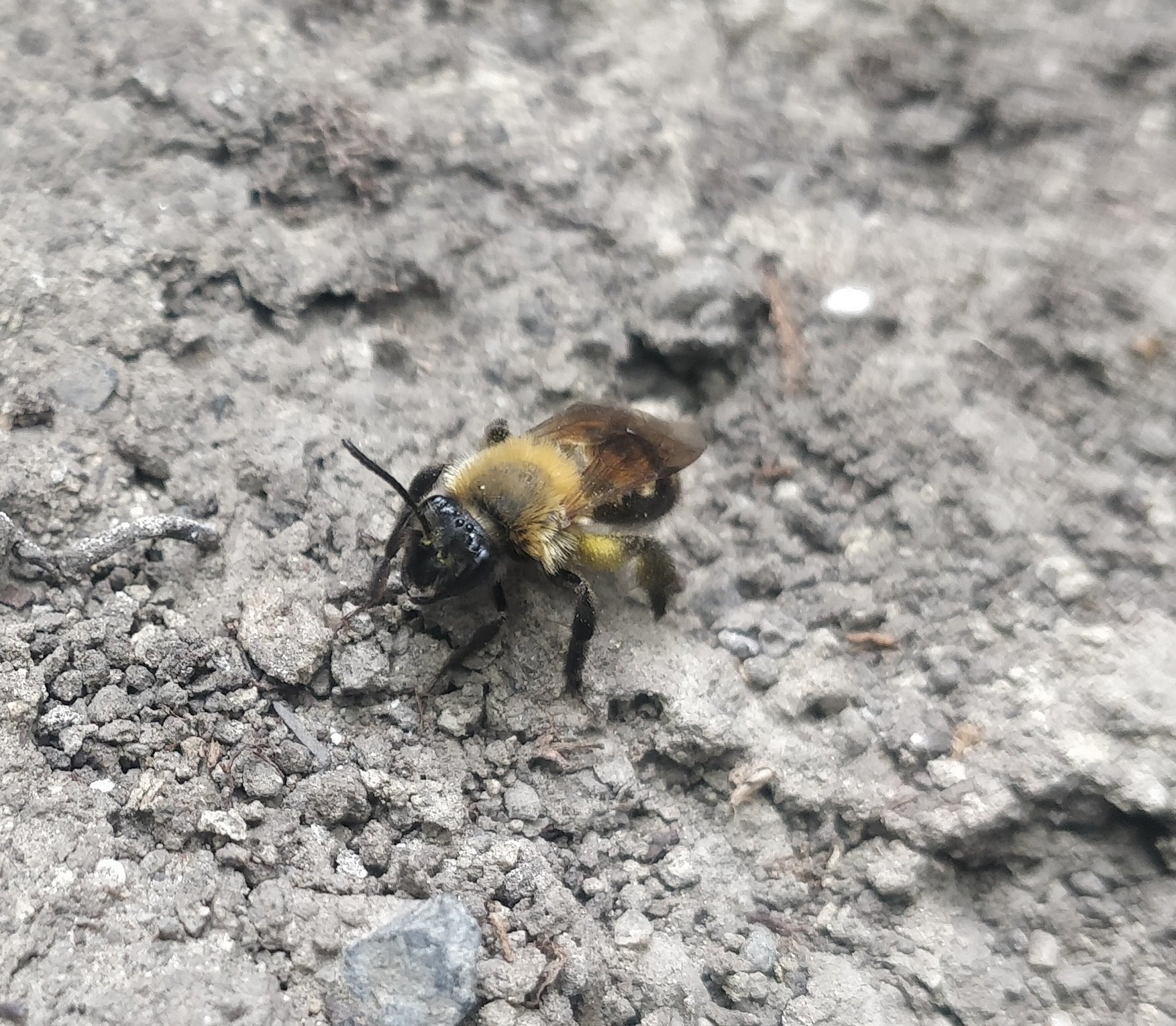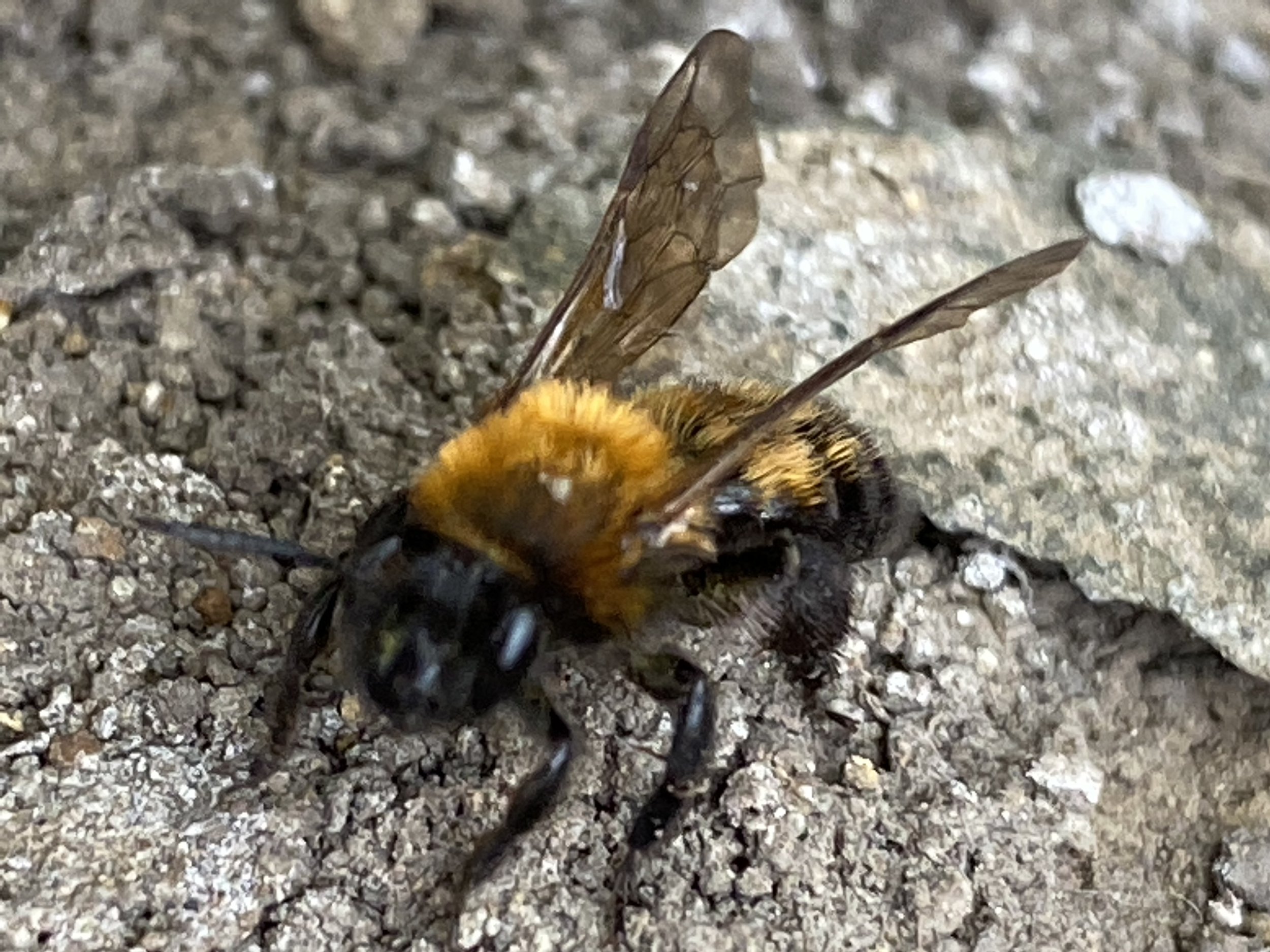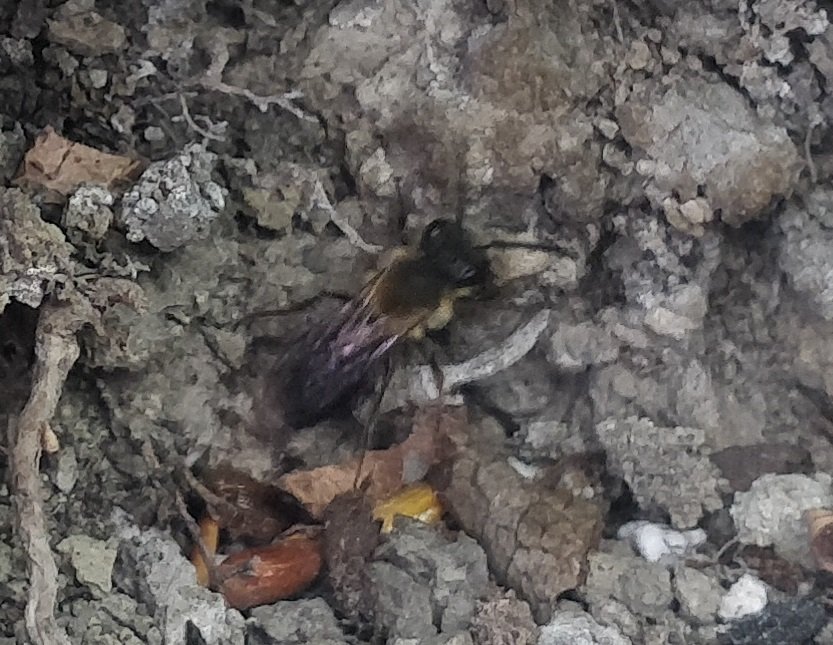MRU a-buzz with bees!
Mount Royal University (MRU) is making great strides in their pollinator conservation efforts through its unique campus-wide landscaping initiative, Plan Bee! With the help of a significant grant from TD to set up a native plant garden, along with the hard work of MRU’s grounds crew, the campus is home to a thriving and incredibly diverse abundance of native bees. What sets Plan Bee aside from other similar conservation initiatives is its strict adherence to science-based conservation strategies which simply includes creating native pollinator habitat, both native flowering plants, and nesting habitat. You won’t find flashy bee hotels, nor commercially reared bees of any kind, due to their potential to both spread pathogens, and compete with native bees for floral resources.
This spring, Ecology students at MRU are helping to inventory these species through documentation of their pollinator observations on campus throughout the spring semester. Today was an exceptional day of bee-watching as hundreds of solitary, ground-nesting Andrenid bees (along with a half dozen or more other bee species), could be observed tending their nesting sites in holes and crevice’s located in large rocky outcrops and sandy well-drained bare-soil patches. The term solitary refers to the fact they do not produce colonies, their nesting behaviour however, is anything but that. They are often found in large aggregations which provides protection from predators while some bees mind the burrows and others forage. Along with the andrenids, their parasitic nemesis, Nomada were also observed in equal abundance, looking for opportunity to parasitize the nests of the mining bees! While this may sound moderately horrific, their presence is a good indicator of healthy populations of andrenids.






